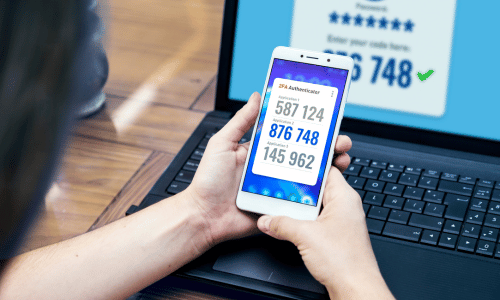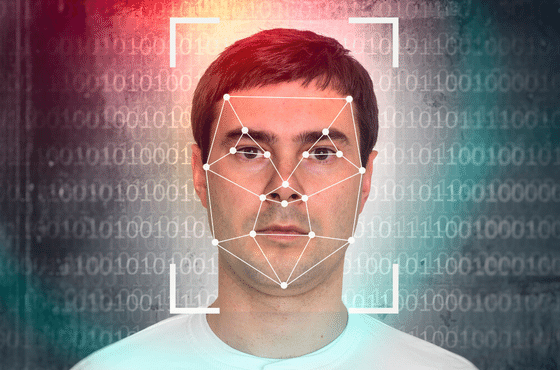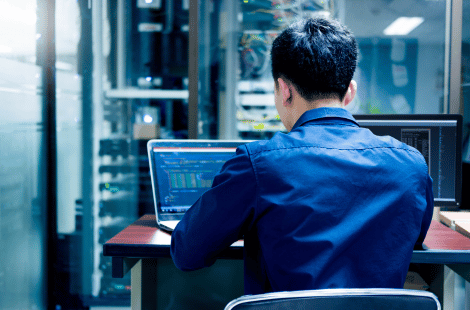
With financial, social, and personal information at risk, securing your digital footprint has never been more important. One of the most effective ways to protect against unauthorized access and fraud is Multi-Factor Authentication (MFA). While the concept of MFA isn’t new, its adoption has become more crucial than ever in a world of increasingly sophisticated cyber threats. In this blog post, we’ll explore why MFA is a cornerstone in a robust fraud prevention strategy.
What is Multi-Factor Authentication (MFA)?
Multi-Factor Authentication involves using two or more verification methods to ensure that a user is who they claim to be. These verification methods fall into one of three categories:
- Something You Know: This could be a password, PIN, or answer to a security question.
- Something You Have: This refers to a physical device like a smartphone or smart card that can generate or receive a time-sensitive code.
- Something You Are: This involves biometrics such as fingerprints, facial recognition, or retina scans.
By requiring multiple forms of verification, MFA significantly reduces the risk of unauthorized access, thereby minimizing the chances of fraud.
The Vulnerabilities of Single-Factor Authentication
The majority of online platforms initially relied on single-factor authentication, usually in the form of a password. However, passwords are vulnerable in various ways:
- Easy to Guess: Users often choose simple passwords for the sake of convenience.
- Reused Passwords: Many people use the same password across multiple platforms, increasing vulnerability.
- Phishing Attacks: Fraudsters can trick individuals into revealing their passwords.
Due to these vulnerabilities, relying solely on passwords is no longer considered secure.
MFA in the Banking Industry
Banks have been pioneers in adopting MFA as a standard security measure. Most financial institutions now require at least two forms of identification to access an account. For instance, when you log into your online bank account, you enter your password (something you know) and then receive a one-time passcode on your mobile device (something you have) to complete the login process. This multi-step verification process is a significant roadblock for fraudsters.
MFA in E-commerce
As e-commerce transactions are inherently more risky than in-person transactions, MFA is critical. Not only can MFA protect against unauthorized purchases, but it can also help in verifying the identity of users for return or refund policies, providing an extra layer of security to both the buyer and seller.
Biometric Verification: The Future of MFA?
Biometric verification methods like fingerprint scanning and facial recognition (something you are) are emerging as the third pillar in MFA protocols. Smartphones today come equipped with fingerprint sensors and facial recognition software, making biometric verification increasingly accessible.
Biometric data is exceptionally difficult for a fraudster to replicate, adding a robust layer to MFA systems. However, the challenge lies in safeguarding this sensitive data from breaches.
Risks and Challenges
While MFA provides heightened security, it’s not without its challenges:
- User Convenience: Additional steps can be seen as cumbersome or annoying by some users.
- Technical Issues: If a device used in the MFA process is lost or malfunctions, it can lock legitimate users out of their accounts.
- False Sense of Security: MFA, although effective, is not 100% foolproof. Users may develop a false sense of security and neglect other security measures.
Tips for Implementing MFA
- Educate Users: Make sure users understand the importance of MFA in securing their accounts.
- Flexibility: Offer various types of authentication methods to suit different user preferences and needs.
- Periodic Reviews: Regularly assess the effectiveness of your MFA setup and update it as needed.
Conclusion
Multi-factor authentication is not just an optional extra; it’s a fundamental layer in any comprehensive fraud prevention strategy. While there are some challenges and downsides, the benefits of implementing MFA far outweigh the risks. In a world where fraudsters are continuously evolving their tactics, MFA stands as a robust and ever-reliable line of defense.
By adopting a well-thought-out MFA strategy, businesses and individuals alike can significantly mitigate the risks of unauthorized access and fraud. Therefore, if you haven’t already implemented MFA, now is the time to do so. It’s not just about adding another layer of security; it’s about establishing a multi-layered defense that guards against the ever-present threat of fraud.







